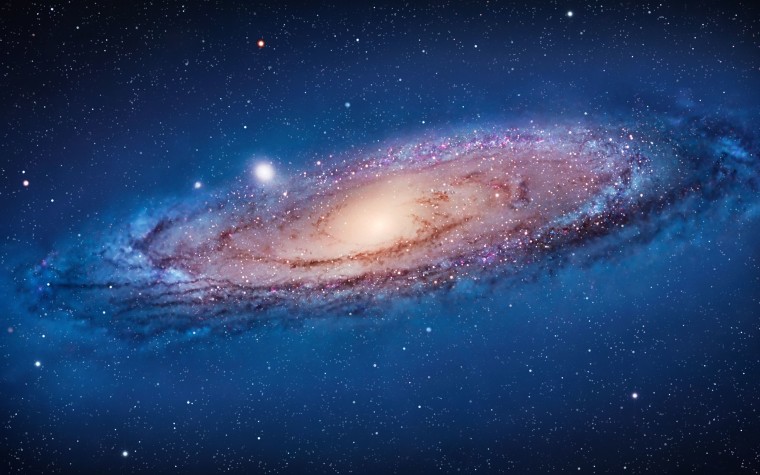
Last year in September, researchers used deep learning to probe into dark matter in an industry first. Now, the same technique has been used to study galaxies.
In the paper titled "Deep Learning at Scale for the Construction of Galaxy Catalogs in the Dark Energy Survey", researchers from the University of Illinois and Argonne National Laboratory leveraged the power of artificial neural networks to build a model that can classify galaxies as elliptical or spiral with expert-level accuracy based on their images. This classification is usually the first step leading up to another research question but can lend vital information about the universe like the age of the galaxies, the nature of dark energy, and the accelerating expansion of the universe.
The researchers used transfer learning from Xception, which is a venerable image classification model. Around 35,000 galaxy images from the Sloan Digital Sky Survey were used to train the neural network in just eight minutes on NVIDIA data center GPUs at Argonne National Laboratory’s Cooley supercomputer. Here's a visualization of the training:
Resultantly, using a single NVIDIA V100 Tensor Core GPU for inference, the team of researchers was able to classify 10,000 galaxies in under 30 seconds. The model achieved an impressive 99.8%—expert-level accuracy. This is a significant improvement compared to neural networks trained without transfer learning. Asad Khan, one of the leading researchers in the team described the potential of the trained model and stated that:
“We can already start using this network, or future versions of it, to start labeling the 300 million galaxies in the Dark Energy Survey. With GPU-accelerated inference, we could classify all the images in no time at all.”
The research project marks the first time deep transfer learning has been leveraged for galaxy classification. The project was also one of the six projects showcased at the Scientific Visualization and Data Analytics Showcase at SC19.
Moving forward, the team of researchers plans to study how redshift impacts the morphology of galaxies. If you are interested in finding out more, you may study the paper published on arXiv here.

















2 Comments - Add comment